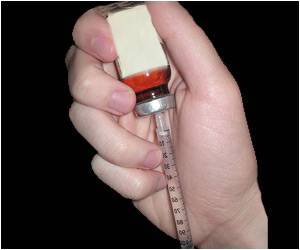New treatment for cataract has shown positive results in laboratory tests, giving hope it could soon be treated with drugs.

Experimental Research on Oxysterol Compound VP1-001
A team of international scientists, led by Prof. Barbara Pierscionek, Deputy Dean at Anglia Ruskin University (ARU), have been carrying out advanced optical tests on an oxysterol compound that had been proposed as an anti-cataract drug.‘Treating cataract with drugs rather than surgery is a significant step towards better patient compliance.’
Read More..




In laboratory trials, treatment with the oxysterol compound VP1-001 showed an improvement in refractive index profiles — a key optical parameter that is needed to maintain high focusing capacity — in 61% of lenses.Read More..
This means that the protein organization of the lens is being restored, resulting in the lens being better able to focus. This was supported by a reduction in lens opacity in 46% of cases.
Prof. Pierscionek, who is also a member of the Medical Technology Research Centre at ARU, said: “This study has shown the positive effects of a compound that had been proposed as an anti-cataract drug but never before tested on the optics of the lens. It is the first research of this kind in the world.”
“It has shown that there is a remarkable difference and improvement in optics between eyes with the same type of cataract that was treated with the compound compared to those that were not.”
“Improvements occurred in some types of cataracts but not in all indicating that this may be a treatment for specific cataracts.”
Advertisement
Source-Medindia











